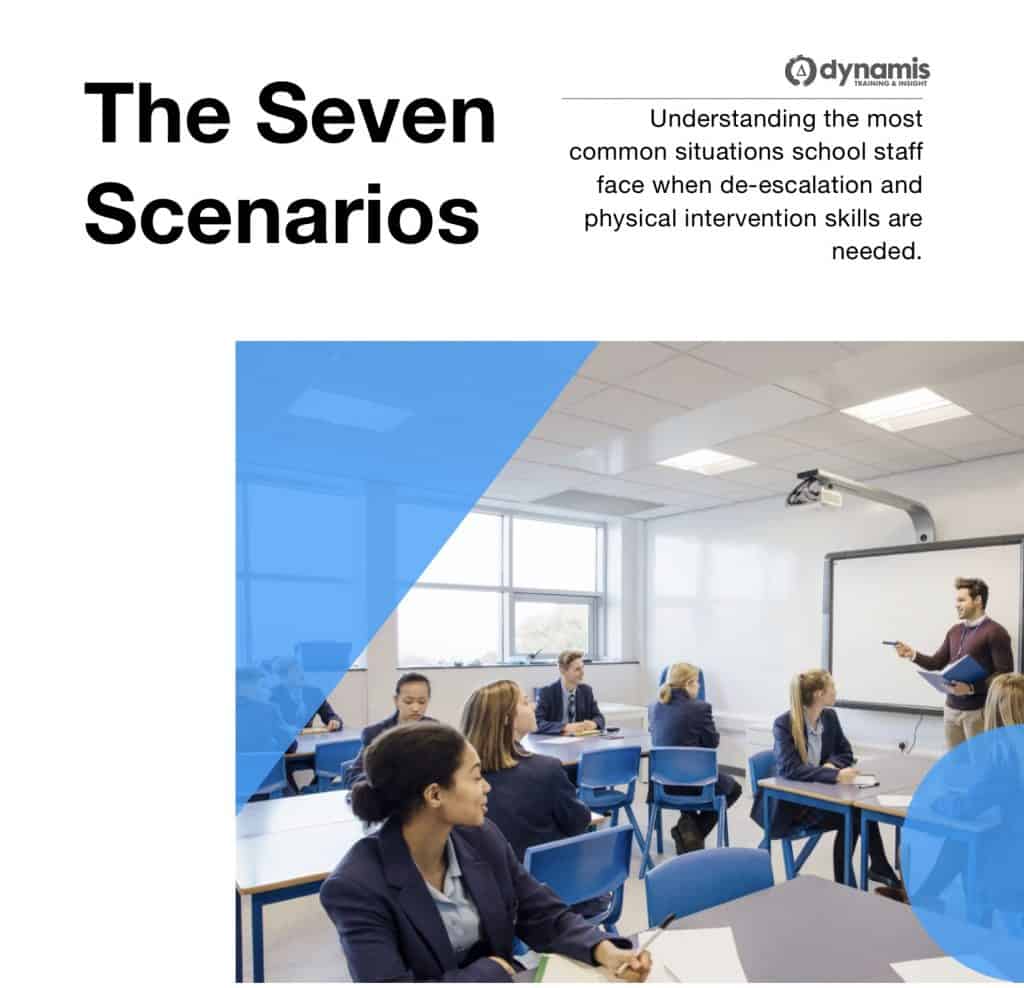For people whose behaviour we find challenging, effective support must be based on a good understanding of the relevance of the behaviour for the individual in the situations and environment in which it occurs. The behaviour needs to be understood within the broader context of the entire person (past history, physical state, emotional state, health, personality, coping skills and other personal skills) and the world in which they live (the physical, social and occupational environment).
Developing real understanding requires us to gather information by carefully listening to the
person, and to the people they know, developing a picture of the person’s strengths and needs, goals and aspirations, history, likes and dislikes, and information about their lifestyle and the kind of support they currently receive.
We need to take account of:
> what is having the most impact on the person’s involvement in ordinary activities
and relationships?
> what is the most difficult behaviour for staff to deal with on a day to day basis?
And make a decision about which behaviour to focus on first.
Frequently, situations involving challenging behaviour that seem overwhelming, become much more manageable following focused interventions. It is common for teams to find that when they have begun to work in a proactive way with one behaviour, then they observe that other behaviours
reduce as an unplanned side effect.
The range of outcomes people need us to address is unlikely to be achieved with only one type of
intervention. What’s needed is a plan with a number of components. Positive Behaviour Support demands
that in addition to responses designed to manage the behaviour when it occurs (reactive strategies),
we must also develop and introduce approaches that promote changes over time (proactive strategies).
PRO-ACTIVE STRATEGIES
Health and social care provider organisations should ensure that all staff working with people with a learning disability and behaviour that challenges are trained to deliver proactive strategies to reduce the risk of behaviour that challenges, including:
- developing personalised daily activities adapting a person’s environment and routine
- strategies to help the person develop an alternative behaviour to achieve the same purpose by developing a new skill (for example, improved communication, emotional regulation or social interaction)
- the importance of including people, and their family members or carers, in planning support and interventions
- strategies designed to calm and divert the person if they show early signs of distress
INITIAL ASSESSMENT
Initial assessment of behaviour that challenges
If behaviour that challenges is emerging or apparent, or a family member, carer or member of staff (such as a teacher or care worker), has concerns about behaviour, then the team should carry out an initial assessment that includes:
- a description of the behaviour (including its severity, frequency, duration and impact on the person and others) from the person (if possible) and a family member, carer or a member of staff (such as a teacher or care worker)
- an explanation of the personal and environmental factors involved in developing or maintaining the behaviour from the person (if possible) and a family member, carer or a member of staff (such as a teacher or care worker)
- the role of the service, staff, family members or carers in developing or maintaining the behaviour.
As part of initial assessment of behaviour that challenges, take into account:
- the person’s abilities and needs (in particular, their expressive communication and
receptive communication) - any physical or mental health problems, and the effect of medication, including side effects
- developmental history, including neuro-developmental problems (including the severity of the learning disability and the presence of autism or other behavioural phenotypes)
- response to any previous interventions for behaviour that challenges the impact of the behaviour that challenges on the person’s:
- quality of life and that of their family members or carers
- independent living skills and educational or occupational abilities
- social and interpersonal history, including relationships with family members, carers, staff (such as teachers) or other people with a learning disability (such as those the person lives with)
- aspects of the person’s culture that could be relevant to the behaviour that challenges life history, including any history of trauma or abuse
- recent life events and changes to routine
- the person’s sensory profile, preferences and needs
- the physical environment, including heat, light, noise and smell
- the care environment, including the range of activities available, how it engages people and promotes choice, and how well structured it is.
After initial assessment, develop a written statement (formulation) that sets out an understanding of what has led to the behaviour that challenges and the function of the behaviour. Use this to develop a behaviour support plan.
BEHAVIOUR SUPPORT PLAN
This should:
- identify proactive strategies designed to improve the person’s quality of life and remove the conditions likely to promote behaviour that challenges, including:
- changing the environment (for example, reducing noise, increasing predictability)
- promoting active engagement through structured and personalised daily activities, including adjusting the school curriculum for children and young people
- identify adaptations to a person’s environment and routine, and strategies to help them develop an alternative behaviour to achieve the function of the behaviour that challenges by developing a new skill (for example, improved communication, emotional regulation or social interaction)
- identify preventive strategies to calm the person when they begin to show early signs of distress, including:
- individual relaxation techniques
- distraction and diversion onto activities they Ond enjoyable and rewarding
- identify reactive strategies to manage any behaviours that are not preventable, including how family members, carers or staff should respond if a person’s agitation escalates and there is a significant risk of harm to them or others
- incorporate risk management and take into account the effect of the behaviour support plan on the level of risk
- be compatible with the abilities and resources of the person’s family members, carers or staff, including managing risk, and can be implemented within these resources
- be supported by data that measure the accurate implementation of the plan be monitored using the continuous collection of objective outcome data
- be reviewed frequently (for example, fortnightly for the first 2 months and monthly thereafter), particularly if behaviour that challenges or use of restrictive interventions increases, or quality of life decreases
- identify any training for family members, carers or staff to improve their understanding of behaviour that challenges shown by people with a learning disability
- identify those responsible for delivering the plan and the designated person responsible for coordinating it.
Interventions for behaviour that challenges
Consider personalised interventions for children, young people and adults that are based on behavioural principles and a functional assessment of behaviour, tailored to the range of settings in which they spend time, and consist of:
- clear targeted behaviours with agreed outcomes
- assessment and modification of environmental factors that could trigger or maintain the behaviour (for example, altering task demands for avoidant behaviours)
- addressing staff and family member or carer responses to behaviour that challenges
- a clear schedule of reinforcement of desired behaviour and the capacity to offer reinforcement promptly
- a specified timescale to meet intervention goals (modifying intervention strategies that do not lead to change within a specified time).
Consider developing and maintaining a structured plan of daytime activity (as part of the curriculum if the person is at school) that respects the person’s interests and capacity. Monitor the effects on behaviour that challenges and adjust the plan in discussion with the person and their family members or carers.
REACTIVE STRATEGIES
Reactive Strategies are only ever used as a last resort and together with proactive interventions.
When considering using Reactive Strategies as a last resort, consideration should be given to using the Least Restrictive Options wherever possible and only for the amount of time they are needed for.



